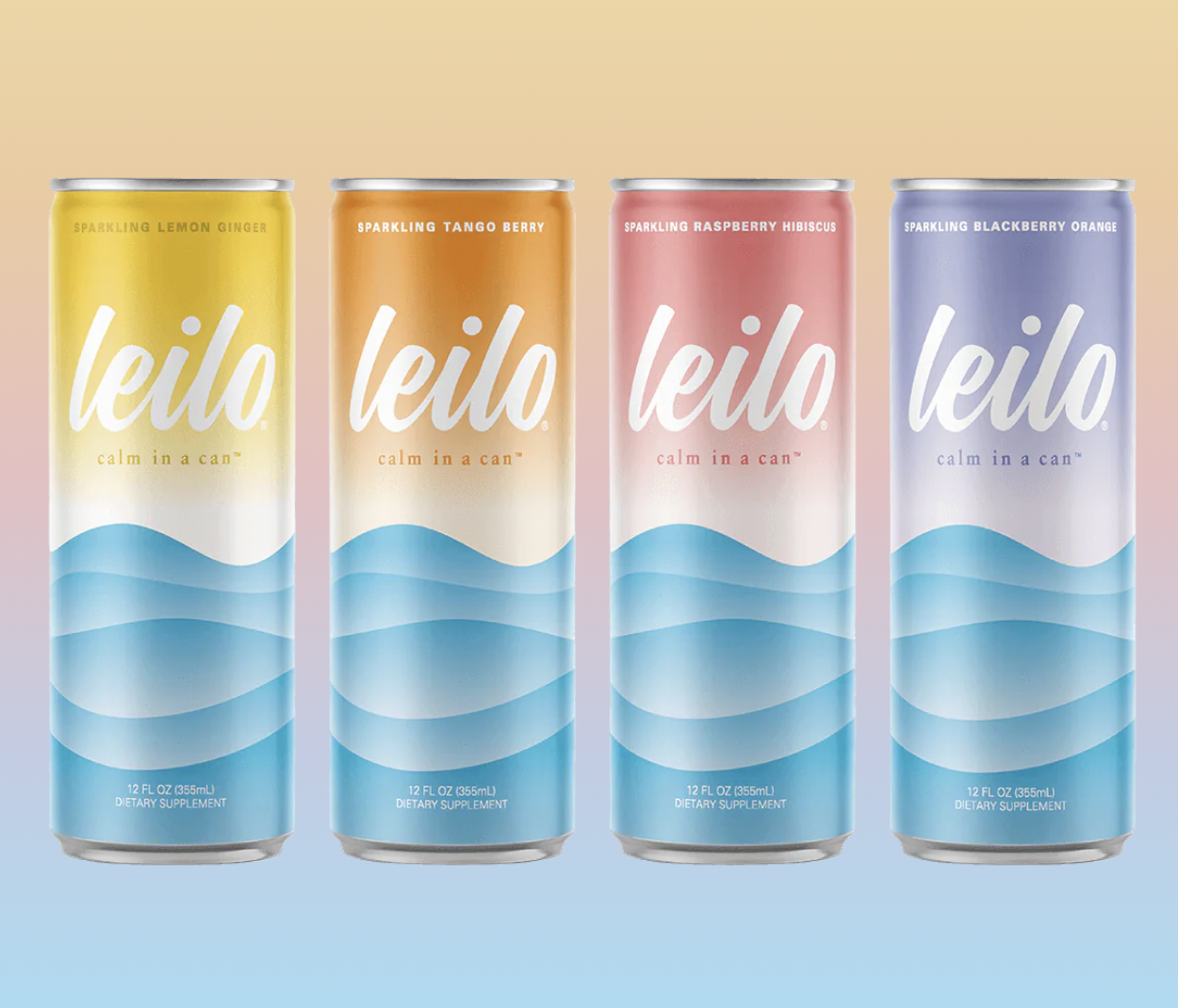The Top Beverage Trends of 2023
Functional beverages have been growing in popularity in recent years, and this trend is set to continue in 2023. These are beverages that offer specific benefits and outcomes, such as invoking the feeling of calmness or energy, mental clarity, and focus. Examples of functional beverages include probiotic drinks, energy drinks, and CBD-infused beverages.
Low-Alcohol and No-Alcohol Options
Another trend that we expect to see in 2023 is the rise of low-alcohol and no-alcohol options (see blog post dedicated to the Future of Non-Alcoholic Beverages). Many consumers are looking for alternatives to traditional alcoholic beverages, either because they are cutting back on their alcohol consumption or because they want to enjoy a drink without the negative effects of alcohol. As a result, we expect to see an increase in the availability and variety of low-alcohol and no-alcohol options, including beers, wines, and spirits.
Sustainability
The demand for more sustainable products is driving innovation across many industries, and the beverage industry is no exception. We expect to see an increase in the use of eco-friendly packaging materials, such as biodegradable plastics and reusable containers, and processes. We anticipate more companies adopting sustainable practices throughout their supply chains, from sourcing ingredients to production and distribution.
Bold Flavors
Finally, we expect to see an increase in the popularity of regional and global flavors in 2023. Consumers are becoming more adventurous in their taste preferences, and they are looking for new and interesting flavor combinations. This trend is driving innovation in the beverage industry, with companies experimenting with ingredients and flavors from around the world.
Ingredients that you may see more of this year:
Moringa is a plant that is native to India and has gained popularity in recent years as a superfood due to its high nutritional content. Moringa is rich in antioxidants, vitamins (A, B and C), and minerals. Its leaves have antibiotic, antitrypanosomal, hypotensive, antispasmodic, anti-ulcer, anti-inflammatory, hypocholesterolemic, and hypoglycemic properties.
Yerba Mate is an herb, brewed into a tea, that is commonly consumed in South America. It is a natural source of caffeine and an attractive alternative to coffee. It is digestion-friendly and way less acidic than coffee.
Ashwagandha is an herb that has been used in traditional Ayurvedic medicine for centuries. It is believed to have numerous health benefits, including stress relief and improved cognitive function.
Butterfly pea flower is a plant native to Southeast Asia that is known for its vibrant blue color. It has gained popularity in recent years as a natural coloring agent and unique flavoring ingredient. It is high in antioxidants, supports skin and hair health, and can help stabilize blood sugar levels.
Cactus water is a beverage made from the juice of the prickly pear cactus. It has gained popularity in recent years as an alternative to coconut water, as it is low in calories and sugar. Cactus water is rich in antioxidants and electrolytes, making it a desirable ingredient in sports drinks and other health-focused beverages.




